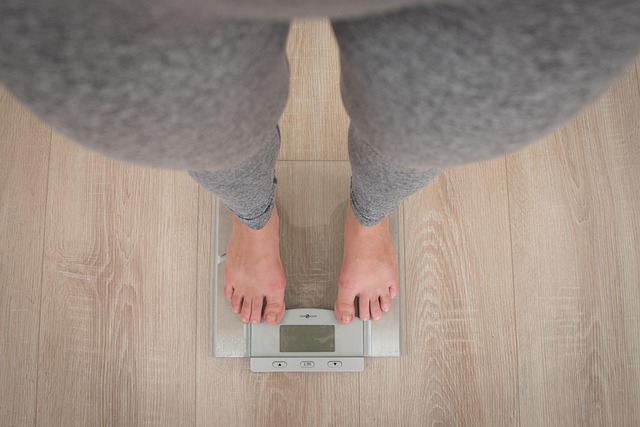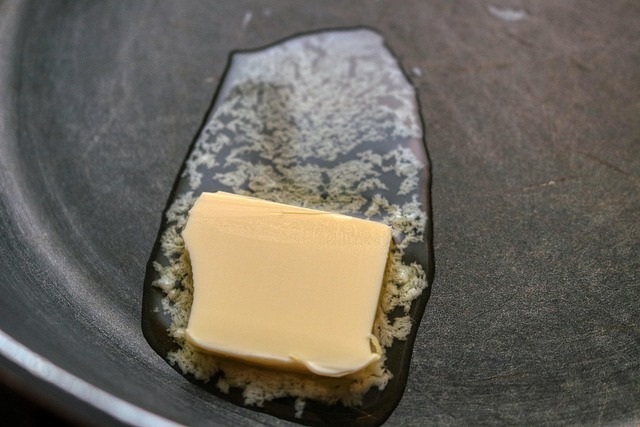Understanding that abdomen fat requires distinct strategies from subcutaneous fat, this text offers a comprehensive guide to achieving targeted fat loss. Key factors contributing to visceral fat distribution include genetics, age, diet, exercise levels, and stress. Non-invasive treatments like CoolSculpting® and Emsculpt™ provide precise, safe options for targeted reductions. A holistic approach combining diet and exercise is essential; a balanced diet and regular exercise synergistically support targeted fat loss. Advanced technologies like laser and ultrasonic fat reduction, as well as minimally invasive procedures like laparoscopy, offer effective alternatives to surgery. Post-treatment care involves strict adherence to recovery instructions for optimal results, which are maintained through long-term commitment to healthy lifestyle changes focusing on targeted fat loss techniques.
“Explore effective abdomen fat removal treatments for achieving a flatter stomach. This comprehensive guide delves into the intricate world of targeted fat loss, unveiling various non-invasive techniques and advanced technologies. From understanding abdominal fat distribution’s causes to surgical options and post-treatment care, we offer an insightful overview. Discover how diet, exercise, and innovative methods like laser and ultrasonic fat reduction contribute to long-term results. Uncover strategies to maintain your desired figure and prevent future abdominal fat accumulation.”
Understanding Abdomen Fat: Causes and Factors Influencing Distribution

Understanding the nature of abdomen fat is key to effective treatment. Abdomen fat, or visceral fat, is different from subcutaneous fat found just beneath the skin. It’s deeper and surrounds vital organs, like the liver, intestines, and pancreas. Factors like genetics, age, diet, physical activity levels, and stress all influence its distribution.
Genetics play a role in where fat is stored on your body. Some people are genetically predisposed to accumulating more fat around their midsection. Age can also factor in; as we get older, our metabolism slows down, making it easier for fat to accumulate, especially in the abdomen. Diet and exercise habits significantly impact targeted fat loss. Consuming a calorie-rich diet and leading a sedentary lifestyle contribute to abdominal fat gain. Conversely, a balanced diet and regular physical activity help burn calories and reduce belly fat.
Non-Invasive Treatments for Targeted Fat Loss: A Comprehensive Overview

In the quest for achieving a flatter, more sculpted abdomen, non-invasive treatments have emerged as popular and effective solutions. These advancements in cosmetic procedures offer targeted fat loss without the need for surgery or lengthy recovery periods. One of the key benefits is their ability to pinpoint specific problem areas, allowing for precise and customized treatments. Techniques like CoolSculpting® and Emsculpt™ utilize advanced technologies to freeze or stimulate muscle contractions, respectively, leading to reduced fat cells and improved contouring.
These non-invasive procedures are often preferred due to their minimal downtime and excellent safety profiles. They provide an opportunity for individuals to achieve their desired results without undergoing extensive surgery. With each treatment, patients can expect visible reductions in abdominal fat, contributing to a more aesthetically pleasing midsection. This comprehensive overview aims to shed light on the diverse range of non-invasive options available, empowering individuals to make informed decisions regarding their journey towards achieving their body goals and embracing a healthier lifestyle.
The Role of Diet and Exercise in Achieving Optimal Results

Achieving targeted fat loss, specifically in the abdomen area, is not just about undergoing treatments; it’s a holistic process that intertwines diet and exercise. A balanced diet plays a pivotal role in optimal results by reducing overall calorie intake and promoting the consumption of nutrient-dense foods. Incorporating more fruits, vegetables, lean proteins, and whole grains can significantly impact fat loss. These foods are rich in fiber, vitamins, and minerals, which not only aid in digestion but also curb cravings and promote satiety, leading to better dietary compliance.
Regular exercise, particularly cardiovascular workouts and strength training, complements diet by burning calories and building muscle. Targeted exercises like planks, crunches, and leg raises can help tone the abdomen, but they’re most effective when combined with a broader exercise routine. Strength training increases muscle mass, which boosts metabolism and aids in fat loss. In tandem, diet and exercise work synergistically to achieve targeted fat loss, ensuring that treatments yield the best possible results.
Advanced Technologies: Exploring Laser and Ultrasonic Fat Reduction

In the realm of abdomen fat removal, advanced technologies like laser and ultrasonic fat reduction have emerged as game-changers, offering effective solutions for targeted fat loss. These non-invasive procedures harness the power of light and sound waves to break down and eliminate stubborn fat cells, leading to a more sculpted and contoured midsection. Laser treatments use precise energy beams to target and melt away fat, while ultrasonic devices convert sound vibrations into heat, breaking up fat deposits for natural elimination by the body.
Compared to traditional methods, these modern techniques boast enhanced precision, minimal downtime, and improved patient comfort. The ability to pinpoint specific areas allows for more targeted fat loss, addressing problem zones effectively. Moreover, as these technologies continue to evolve, they offer promising alternatives for those seeking a non-surgical approach to achieving a flatter stomach without compromising safety or results.
Surgical Options for Abdominal Fat Removal: When is it Recommended?

Surgical options for abdominal fat removal, also known as liposuction, are considered when non-surgical methods have been exhausted. This procedure is particularly recommended for individuals with localized fat deposits in specific areas of the abdomen that are resistant to diet and exercise. Targeted fat loss through surgery can help achieve a more contoured silhouette and improve overall body aesthetics.
Liposuction works by using a suction device to remove fat cells from targeted areas, leading to reduced fat levels and improved skin texture. It is often suitable for patients with good general health who have realistic expectations. As with any surgical procedure, it carries risks and potential side effects, so thorough consultations with qualified medical professionals are essential before considering this option.
Minimally Invasive Procedures: Laparoscopic Approaches to Fat Reduction

Minimally invasive procedures, such as laparoscopic approaches, have emerged as popular methods for targeted fat loss. These techniques offer a more precise and controlled way to reduce stubborn abdominal fat compared to traditional surgical methods. During a laparoscopic procedure, small incisions are made in the abdomen, allowing surgeons to insert specialized tools equipped with high-definition cameras. This enables them to visualize and access specific areas of fat accumulation, ensuring targeted removal while minimizing damage to surrounding tissues.
Laparoscopy provides several advantages for patients seeking abdominal fat reduction. It results in smaller scars, less post-operative pain, and a faster recovery time compared to open surgery. The minimally invasive nature of this approach makes it an attractive option for individuals who want to achieve a flatter stomach without extensive downtime or significant scarring. With advanced techniques and technology, laparoscopic fat reduction offers a safe and effective solution for those aiming to shed excess abdominal fat and improve their overall appearance.
Post-Treatment Care and Recovery: What to Expect After Procedures

After undergoing any abdomen fat removal treatment, proper post-care and recovery are essential for optimal results. Following your procedure, it’s common to experience some discomfort, swelling, or bruising, which is usually mild and temporary. Your healthcare provider will provide specific instructions on how to manage these symptoms, including recommendations for rest, hydration, and a balanced diet. It’s crucial to adhere to these guidelines as they help accelerate recovery and reduce the risk of complications.
During the recovery period, targeted fat loss may become more noticeable as swelling subsides. However, it’s important to remember that results vary from person to person, and patience is key. Avoid strenuous activities or exercises for the prescribed duration to prevent putting excessive strain on your body. Additionally, keeping a healthy diet and staying hydrated will support the healing process and contribute to maintaining the desired shape once recovered.
Long-Term Maintenance and Preventing Future Abdominal Fat Accumulation

Maintaining results after abdominal fat removal treatments requires a long-term commitment to healthy lifestyle changes. While these procedures can significantly reduce belly fat, they are not a permanent solution. To prevent future accumulation, focus on a balanced diet and regular exercise, emphasizing targeted fat loss techniques. Incorporating strength training exercises specifically for the core muscles helps build lean tissue, which burns more calories at rest. Additionally, maintaining a consistent fitness routine supports metabolic health, making it easier to manage body weight in the long run.
Complementing these efforts with mindful eating habits is key. Reducing overall calorie intake while ensuring adequate nutrient density ensures sustainable results. Staying hydrated and prioritizing quality sleep also play vital roles in regulating hunger hormones and metabolism. By adopting these comprehensive strategies, individuals can not only achieve desired abdominal outcomes but also establish a foundation for ongoing fat management, ensuring long-lasting benefits.
